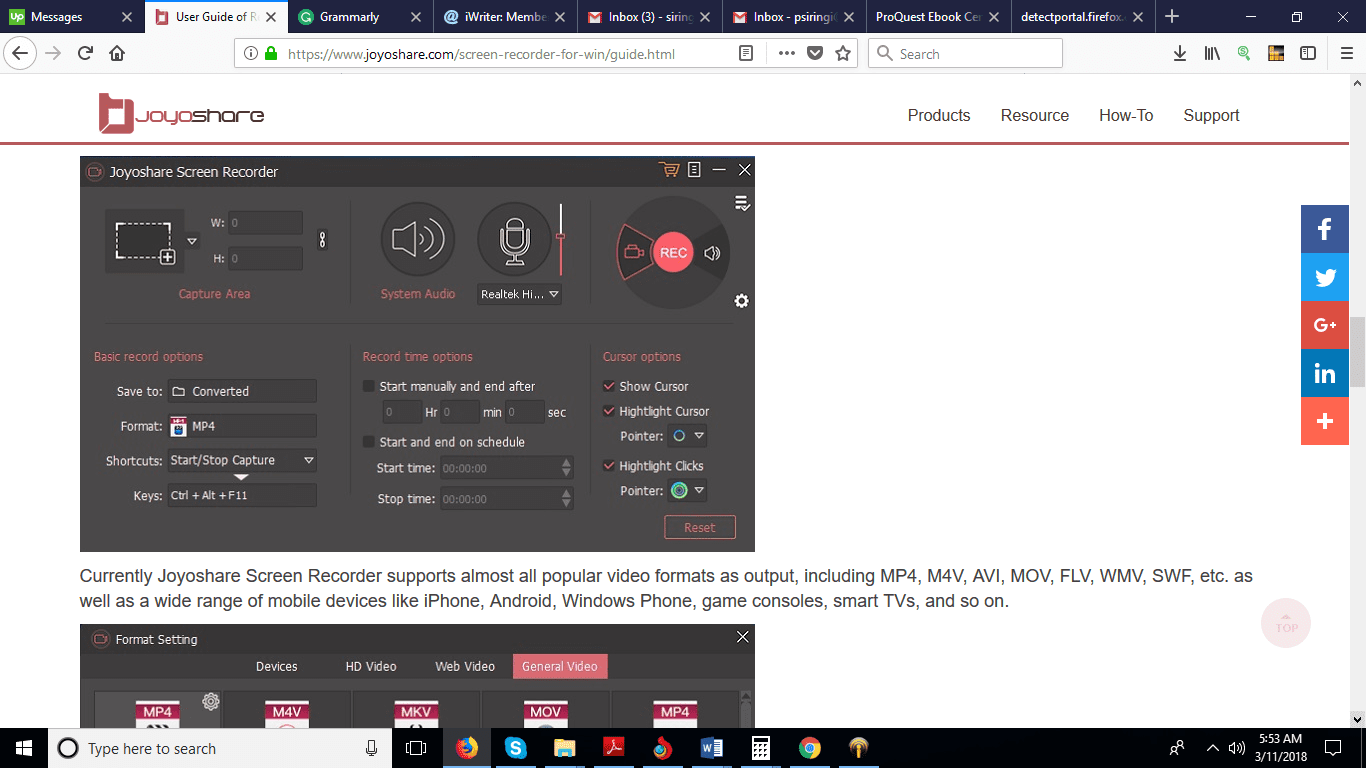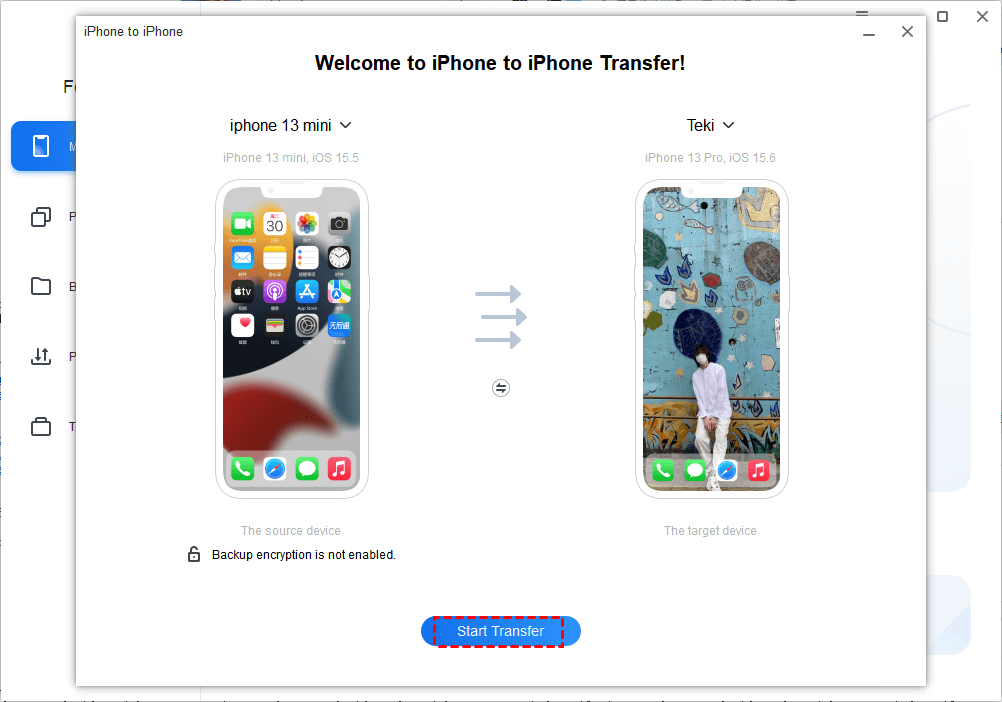
In today’s fast-evolving digital workspace, organizations are increasingly investing in technologies that help manage, measure, and motivate remote and hybrid teams. At the forefront of this shift are employee monitoring tools—software solutions designed to track performance, analyze productivity, and support secure operations across distributed teams.
While the term may carry some controversy, the global adoption of these tools is rising rapidly, pointing to a broader transformation in how work is managed and optimized.
Why Are Companies Turning to Monitoring Tools?
The rise in remote work due to the COVID-19 pandemic has permanently changed how businesses operate. Managers can no longer rely solely on in-person oversight or physical attendance to gauge employee performance. This change has created a demand for smarter, more data-driven management practices.
According to a 2024 report by The Business Research Company, the global employee monitoring software market reached $3.3 billion, with forecasts predicting a jump to $3.91 billion by the end of 2025, at an 18.3% compound annual growth rate (CAGR). Much of this growth stems from increased remote work, data security concerns, and evolving labor compliance needs.
Companies are leveraging these tools to:
- Improve operational transparency
- Detect inefficient workflows
- Strengthen cybersecurity protocols
- Streamline HR processes like appraisals and evaluations
Key Benefits of Monitoring Tools
Despite some misconceptions, employee monitoring tools are not just about surveillance—they offer several business benefits when used ethically and transparently:
1. Increased Productivity
Real-time data on time usage helps identify patterns, reduce distractions, and realign focus on core objectives. Productivity dashboards can be a motivational asset for self-improvement, especially in remote teams.
2. Improved Data Security
Tools often include features to monitor file access, external communications, and unauthorized data transfers. This is vital for industries with strict data handling regulations.
3. Streamlined Project Management
With built-in time tracking, task logging, and screen capture, teams gain insights into project timelines, delays, and resource allocation.
4. Better Compliance and Reporting
Audit logs and automated reports simplify compliance with labor laws and data protection regulations (like GDPR and HIPAA), especially for companies with globally distributed teams.
Global Trends and Eye-Opening Stats
Employee monitoring is not a fringe trend. According to ExpressVPN, 73% of employers in the U.S. are actively monitoring remote and hybrid workers. The same study notes that over 45% of employees are unaware of how much their actions are being tracked.
Another analysis by LinkedIn found that the U.S. market for monitoring software is expected to reach $3.8 billion by 2033, growing at a CAGR of 9.9%.
These figures reflect a growing reliance on digital oversight to maintain business continuity and performance standards across locations and time zones.
Addressing the Elephant in the Room: Privacy & Trust
One of the biggest concerns employees express about monitoring software is the potential invasion of privacy. Transparency is the key to resolving this tension.
Companies that succeed with monitoring implementation are those that:
- Communicate clearly what data is collected and why
- Set boundaries to prevent over-monitoring (e.g., no personal device tracking)
- Use the insights to support employees, not punish them
- Provide opt-in options for specific levels of monitoring
Trust is earned when monitoring is framed as a tool to empower, not control.
Choosing the Right Tool for Your Business
Not all employee monitoring tools are created equal. Depending on your team size, industry, and goals, your needs may vary. A few features to look for include:
- Time tracking and idle time alerts
- Screen recording or periodic screenshots
- Application and website usage monitoring
- Productivity score analytics
- Project/task time allocation reports
- Integration with project management tools (like Asana, Trello, or Slack)
If you’re looking to evaluate tools, consider checking out TechBii’s list of Top Productivity Tools for 2025 for comprehensive recommendations.
Best Practices for Implementation
To get the most value out of your investment, here are some implementation tips:
- Start with a pilot team
Roll out the software to a small department first to gauge employee feedback and fine-tune policies. - Set clear expectations
Let employees know what will be tracked, how data will be used, and how it benefits them and the company. - Create usage policies
Document acceptable use guidelines and consequences for misuse or non-compliance. - Balance analytics with empathy
Numbers can tell a story, but human conversations are still key to resolving performance or engagement issues. - Review and adjust
Regularly evaluate whether the tool is meeting your goals and adjust based on feedback and metrics.
Real-World Applications
Whether you’re a startup trying to maintain efficiency across time zones or a large enterprise needing to secure sensitive data, monitoring tools can deliver measurable ROI.
For instance, a software development firm that adopted a lightweight time-tracking tool reported a 12% increase in completed tasks per sprint. Another BPO organization used monitoring software to reduce unproductive screen time by 20% within two months.
If you’re running a growing digital business, explore TechBii’s guide on Managing Remote Teams with Tech for complementary strategies.
Final Thoughts
In a data-driven economy, understanding how teams work—not just what they produce—is more crucial than ever. With the right policies, communication, and intent, employee monitoring tools can help businesses elevate productivity, reduce risk, and foster trust in a distributed world.
While some skepticism remains, the numbers don’t lie—monitoring tools are becoming a cornerstone of the modern workplace. Used responsibly, they offer a win-win: more clarity for employers and more support for employees.








